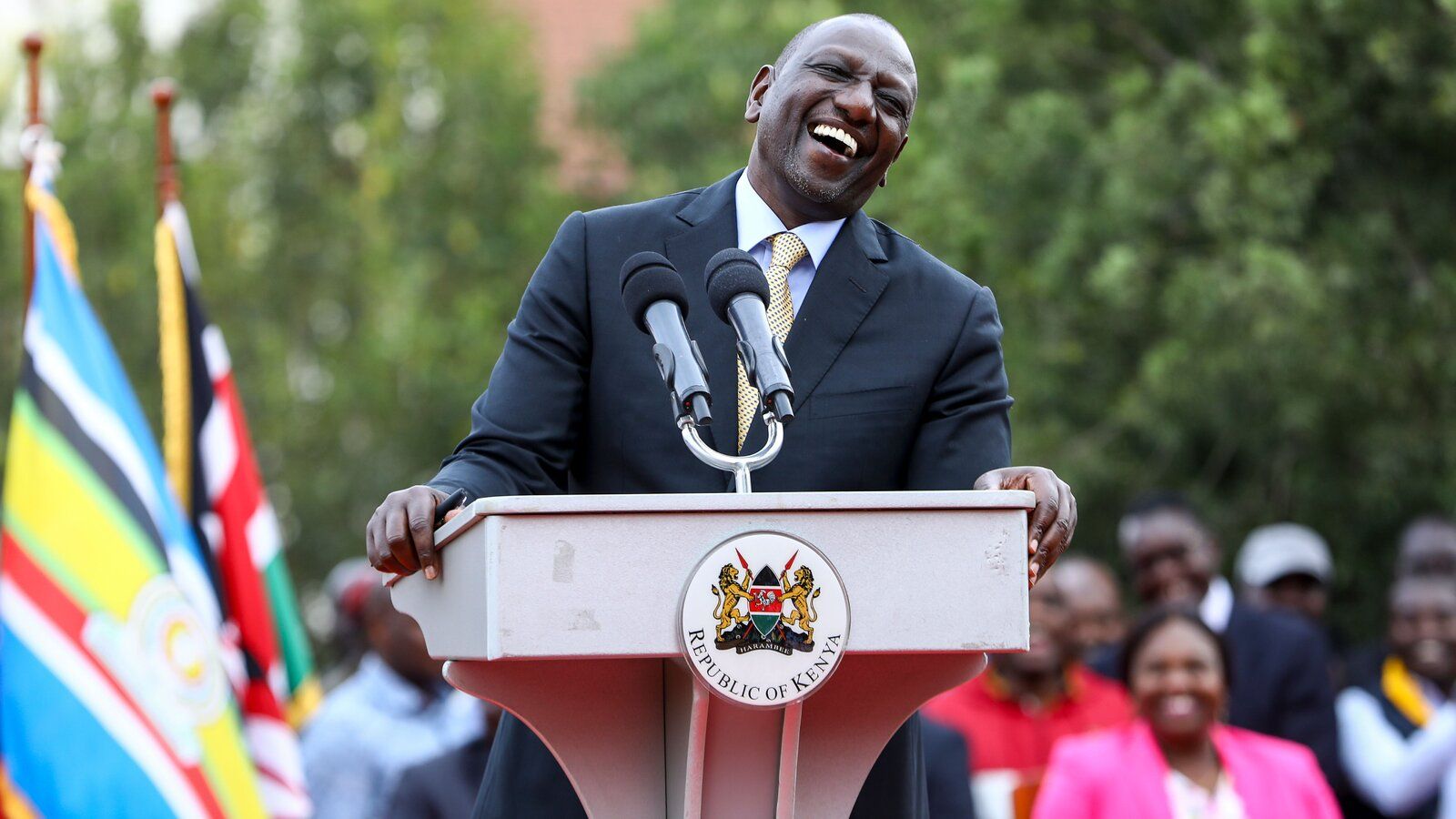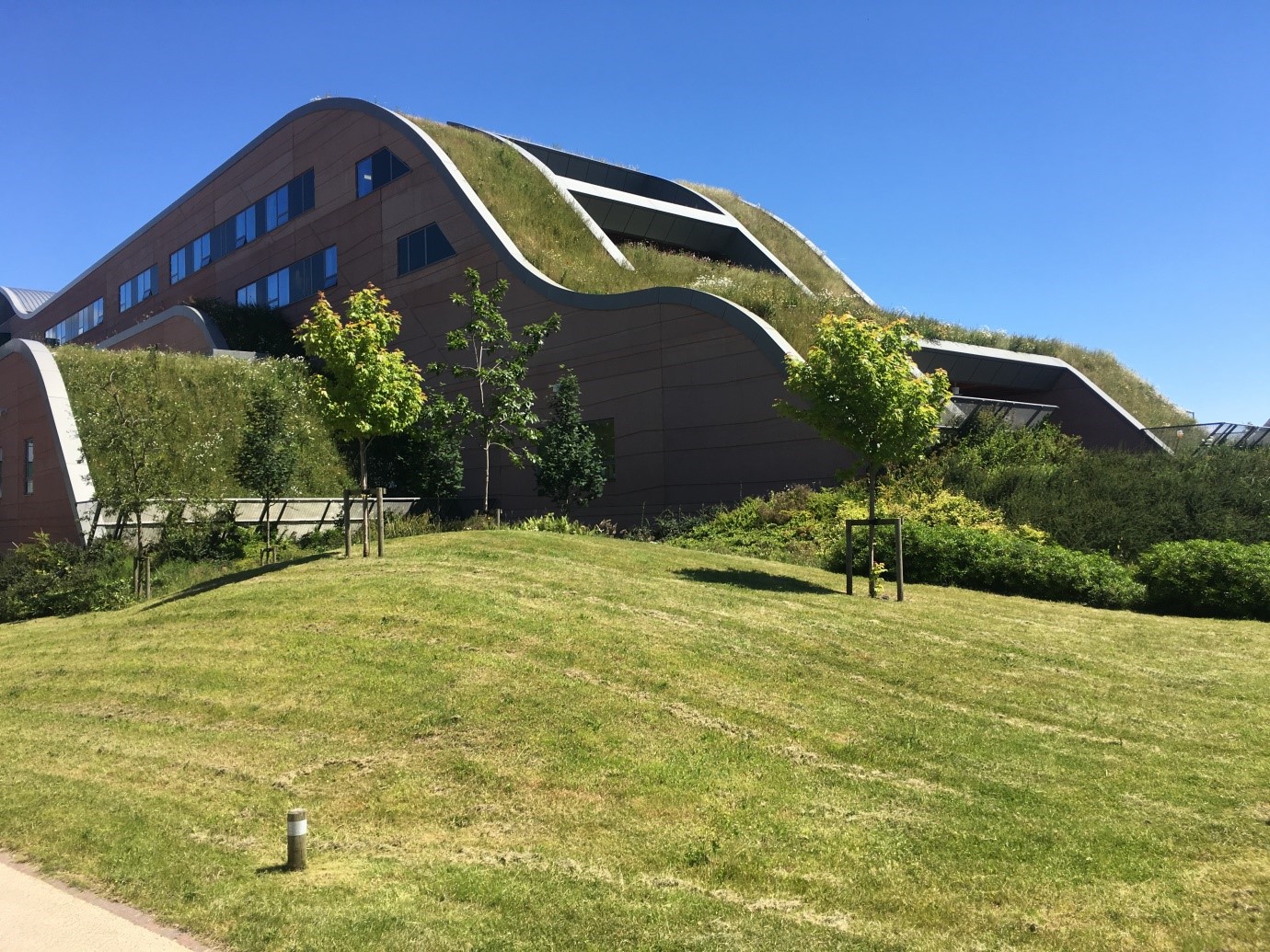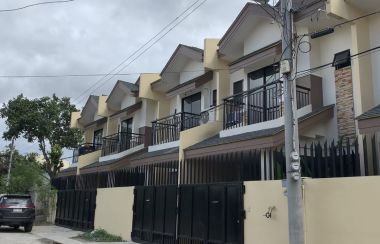We’re migrating workers to e-payment platforms - Terkper

The Ministry of Finance has begun the process to decouple the government’s human resource setup from its payroll system as it moves to integrate the electronic payment system in its settlement drive.
This is aimed at reducing paper trails in the payment and settlements of government workers.
The Finance Minister, Mr Seth Terkper, said that at the media launch of the Ghana National Single Window Strategic Action Plan in Accra on June 15.
“This launch is an ambitious effort to use ICT platforms payments, which is why MMDAs no longer use paper trails for government releases,” he said.
The Ministry of Finance is, therefore, working with the Public Services Commission to create an electronic human resource management.
He said more workers were currently using the electronic e-payslip system introduced by the Controller and Accountant Generals’ Department for public sector workers, which offered mechanised payroll services.
Streamlining customs procedure
The National Single Window (NSW) strategic action plan serves as a blueprint to integrate government agencies into the single window platform. The plan is aimed, among other things, at streamlining customs procedures, as well as facilitating trade.
The plan paves the way for the technical partner of the project, West Blue Consulting Limited (WBCL), to integrate the information technology (IT) systems of institutions such as the Ghana Ports and Harbours Authority (GPHA), the Ghana Community Network Services Limited (GCNet), the Environmental Protection Agency (EPA), the Food and Drugs Authority (FDA), the Ghana Standards Authority (GSA), among others.
About 20 governmental and private agencies are expected to be integrated into the system under phase two of the NSW project.
The Chief Executive Officer of West Blue Consulting, the company responsible for implementing the Ghana National Single Window programme at Ghana’s ports, Ms Valentina Mintah, said the project has reduced long hours spent in importing and exporting goods.
The programme, which is currently in its second phase, was initiated by government in September 2015 to take over the responsibility for Import Classification and Valuation from Destination Inspection Companies.
Developed under the United Nations Economic Commission for Europe, the Single Window Concept is aimed at harmonising and standardising international trade procedures to enhance trade among governments.
Facilitating trade
Ms Mintah stated that the programme had brought relief to exporters and importers by removing bottlenecks that existed in the past.
“What we are doing is reduction of time and cost of doing business, as well as efficient revenue collection and safety of goods coming in,” she said.
She disclosed that it previously took up to two weeks for the Final Classification and Valuation Report (FCVR), which was issued by the Destination Inspection Companies (DICs), to be released but the situation was now different.
“Now customs is issuing the Customs Classification and Valuation Report (CCVR) which is the replacement; and the service level agreement they have is 48 hours, so within two days complaints CCVRs are issued and in some case even within two hours,” she said.
Even though no assessment has been done to determine if the new programme is responsible for the increased revenue recorded by the Ghana Revenue Authority (GRA) in 2015, Ms Mintah was of the view that the transformation has had positive results for the country’s revenue mobilisation.
Exceeding revenue targets
“In 2015, the customs and GRA exceeded their revenue targets, though no review has been undertaken to determine the direct effect from the Single Window, the two previous years showed that they could not meet the target,” she said.
Touching on the second phase of the programme, Ms Mintah was optimistic the valuation processes would increase the successes of the programme.
“We now have the strategic action plan and roadmap. So for now we are looking at the milestone and the deliverables to enable us achieve the vision of the National Single Window,” she said.
She assured that the third phase of the project, which would be the final phase, would increase the efficiency of the programme upon completion.




.jpg)










































